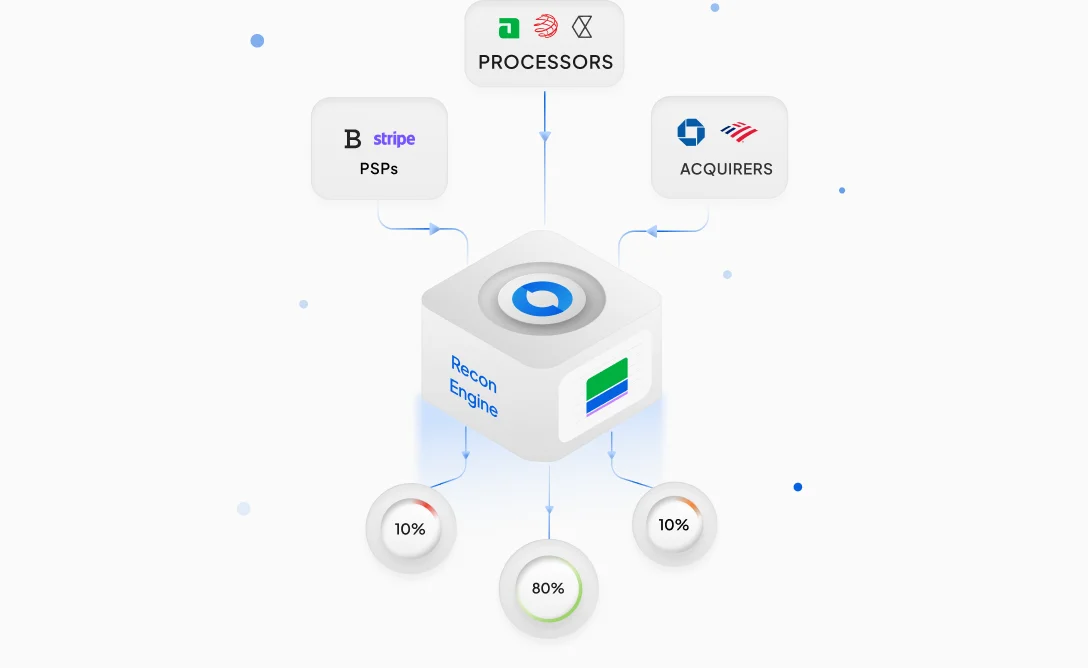Change in payments is omnipresent. From the rapid rise of artificial intelligence and advanced analytics to ever‑growing customer expectations for seamless, personalised experiences, the industry is evolving faster than ever. Merchant strategies are being shaped not only by innovation but also by an expanding web of regulation that touches every part of the payments ecosystem.
What’s transforming today’s landscape is not just technology, but the convergence of technology, customer behaviour, and regulatory evolution. Europe’s payments environment illustrates this perfectly. With SEPA Instant Payments now live across the Eurozone, instant bank transfers in under ten seconds have become the new standard. The next major regulatory wave, PSD3 and the Payment Services Regulation (PSR), set to apply from 2027, will build upon PSD2’s foundation to enhance transparency, security, fraud prevention, and overall resilience across the payments value chain.
While these developments primarily shape how payment service providers (PSPs), acquirers, issuers, and schemes operate, merchants are far from immune. They sit within an interconnected ecosystem where changes anywhere ripple everywhere. How PSPs implement new frameworks, how acquirers structure costs, how issuers adjust fraud models, all of this affects the merchant experience, conversion performance, and ultimately customer satisfaction.
Evolution with Impact: From PSD2 to PSD3 and PSR
The upcoming PSD3 and PSR represent an evolution, not a revolution. Yet, their combined effects may prove disruptive. These frameworks aim to strengthen Europe’s payments ecosystem through harmonised rules, enhanced consumer protections, and real‑time visibility into fees and transactions.
Under PSD2, the rollout of Strong Customer Authentication (SCA) demonstrated just how impactful regulation can be in practice. While it advanced security, it also disrupted checkout flows, increased friction, and initially reduced approval rates due to inconsistent issuer and PSP readiness. It was a clear lesson: even evolutionary change can introduce significant commercial and operational turbulence when real‑world implementation diverges across markets.
The PSR is expected to once again reshape how authorisation, transaction monitoring, and fee transparency are managed across the ecosystem. Merchants won’t face new compliance obligations directly, but they will feel the aftershocks through their partners’ adaptations. In this environment, static acquirer relationships, rigid PSP models, and single‑layer integrations will no longer be enough.
Intelligent payment orchestration will become a strategic necessity, enabling merchants to dynamically adjust to evolving scheme logic, acquirer and issuer behaviours, and changing shopper expectations, all without rewriting their infrastructure.
Regulation Reimagined: From Compliance to Coordination
The PSR marks a shift from fragmented compliance to coordinated ecosystem governance and its goals are ambitious:
- Drive cost transparency across the entire payment value chain.
- Strengthen data governance, resilience, security and fraud control frameworks.
- Encourage wider adoption of account‑to‑account (A2A) and instant payments.
These measures will create a fairer and more efficient marketplace but also heighten operational dependency between the many entities involved in each transaction. For merchants operating in this interconnected ecosystem, success won’t depend on meeting regulations directly, but on their ability to adapt dynamically as the rest of the ecosystem complies.
Merchants that rely on static connections or manual adjustments will struggle with fluctuating approval rates, inconsistent fee visibility, and fragmented performance insights. Those that embrace real‑time data orchestration, by contrast, will transform regulatory evolution into a competitive advantage, continuously recalibrating authentication, routing, and cost management as market behaviours change.
Commercial Transparency and Cost Control
The PSR introduces new transparency measures designed to give merchants and consumers a clearer view of payment costs. Article 31a, for instance, will require that card schemes and acquirers disclose all fees in standardised, comparable formats.
While this is a significant step toward fairness and visibility, it also introduces complexity. Fee structures may be reclassified, regional pricing frameworks adjusted, and acquirer reporting delayed during the transition. For large or multinational merchants working across multiple PSPs and acquirers, harmonising these diverse data sets will be an operational challenge in itself.
The merchants best prepared for this shift will invest in automated cost observability, real‑time systems linking authorisation data, scheme charges, and acquirer fees into a unified source of truth. The key enabler will be smart orchestration layers that translate diverse data streams into actionable insights, enabling decisions based on evidence rather than after‑the‑fact analysis.
Fraud Monitoring and Risk Adaptation
The European Banking Authority (EBA) is required to issue Regulatory Technical Standards (RTS) on fraud monitoring as part of PSR. These requirements may include tighter fraud thresholds, more granular reporting obligations, and refined SCA exemption criteria.
Experience from PSD2 highlights the operational challenge of uneven issuer adoption. When institutions interpret rules differently or update systems asynchronously, merchant approval rates can fluctuate sharply.
Merchants using flexible orchestration controls, such as issuer‑level routing, adaptive exemption logic, and merchant‑side risk models, can respond to these inconsistencies in real time. Rather than waiting for acquirers or issuers to stabilise post‑rollout, they can actively manage conversion performance across the network as market behaviour evolves.
Strong Customer Authentication: Scope adjustments and inclusivity
SCA under the PSR will expand to cover additional use cases, including customer authentication when creating tokens, remote direct‑debit setup, and credential updates. Merchant‑Initiated Transactions (MITs) will remain exempt beyond initial consent, though that consent will need stronger, SCA‑based authentication during setup. Accessibility will also come under renewed focus. Banks must ensure their SCA methods are inclusive and not reliant solely on smartphones. This represents an important step towards universal authentication accessibility.
For merchants, authentication is no longer just a compliance checkpoint, it’s a conversion moment. The future lies in adaptive 3‑D Secure (3DS) orchestration, contextual authentication, passkey adoption, and the integration of digital identity frameworks such as the forthcoming European Digital Identity Wallet (EUDIW). The goal: strong yet frictionless identity continuity across devices and channels.
The Merchant Imperative: Data‑Driven Resilience
Europe’s payment landscape is shifting from procedural compliance to adaptive intelligence. Merchants must evolve alongside PSPs, acquirers, issuers, and schemes to remain efficient and competitive. Those relying on static setups or single‑provider dependencies risk exposure to conversion variability, fragmented fraud strategies, and opaque cost reporting.
Modern payment orchestration turns complexity into control. It enables merchants to:
- Aggregate transaction, approval, and fee data across providers.
- Execute dynamic routing and adaptive authentication in real time.
- Access consolidated cost and performance analytics across acquirers.
- Translate mandated transparency into tangible commercial advantage.
In short, orchestration transforms regulatory change into operational opportunity, empowering merchants to interpret, automate, and act faster than the market can shift.
Juspay: Empowering the Future of Payments
Founded in 2013, Juspay is a global payments infrastructure leader trusted by over 500 enterprise merchants worldwide. Processing more than USD 1 trillion in total payment volume annually and over 300 million transactions daily, Juspay delivers scalability, security, and innovation.
Built on a modern microservices architecture, Juspay’s platform unifies orchestration, authentication, identity, and cost optimisation within a single control layer. Its core capabilities include:
- Advanced Orchestration: Unified acquirer and payment method connectivity, smart routing, and real‑time performance optimisation.
- 3DS Intelligence & Server: Data‑driven authentication orchestration tuned to issuer behaviours.
- Tokenisation & Passkey Vaults: Secure, compliant lifecycle management for cards and digital identity continuity.
- Click‑to‑Pay Enablement: Standardised, frictionless checkout experiences compatible across card networks.
- Cost Observability: Transaction‑level cost insights powering data‑led efficiency and transparency.
As Europe enters the PSD3/PSR era, Juspay equips merchants to evolve in step with an ever‑changing ecosystem, optimising cost, maintaining conversion, and delivering trusted, compliant experiences across every payment touchpoint.
























